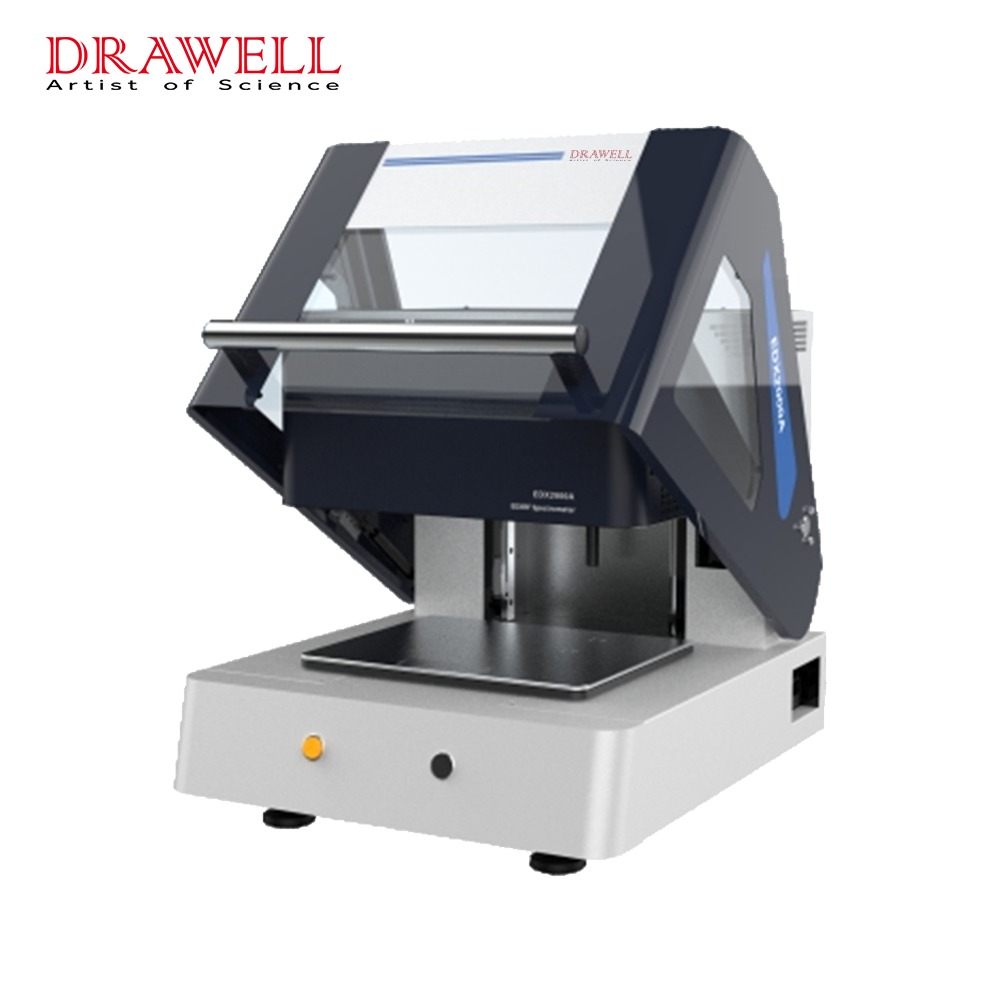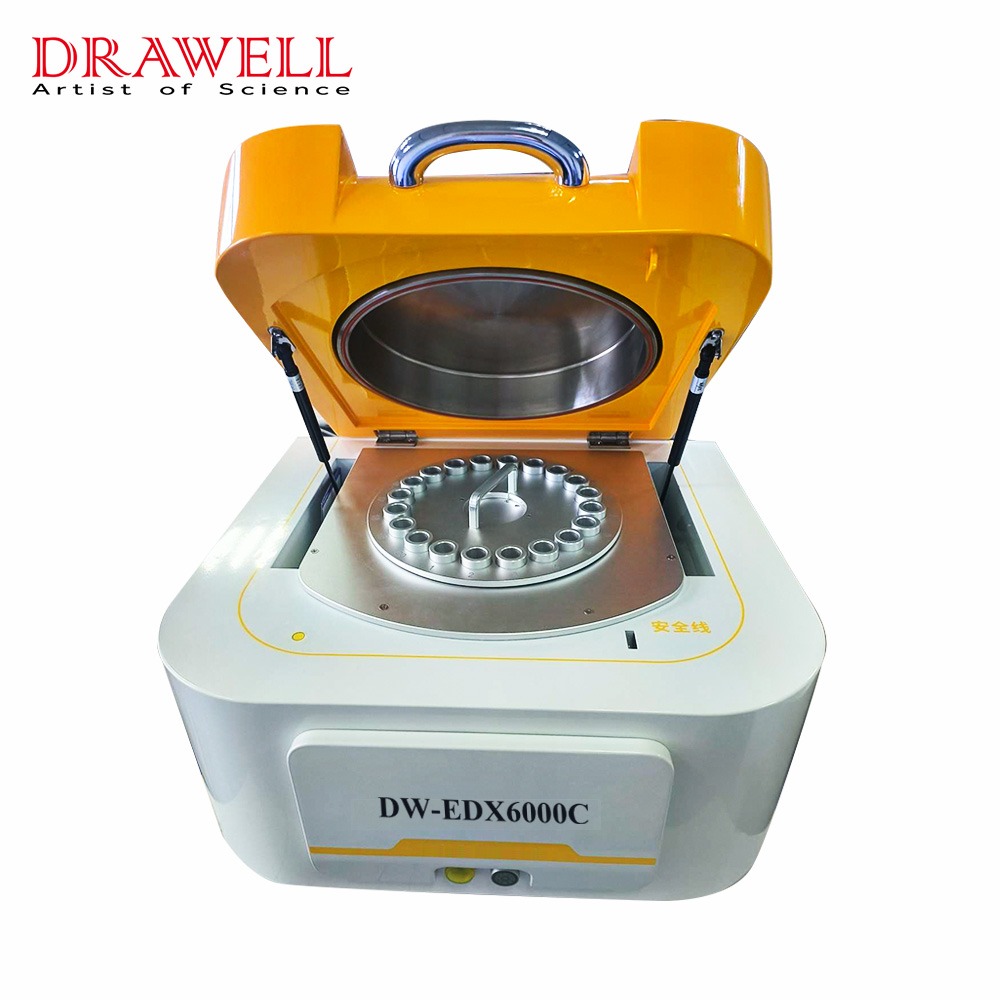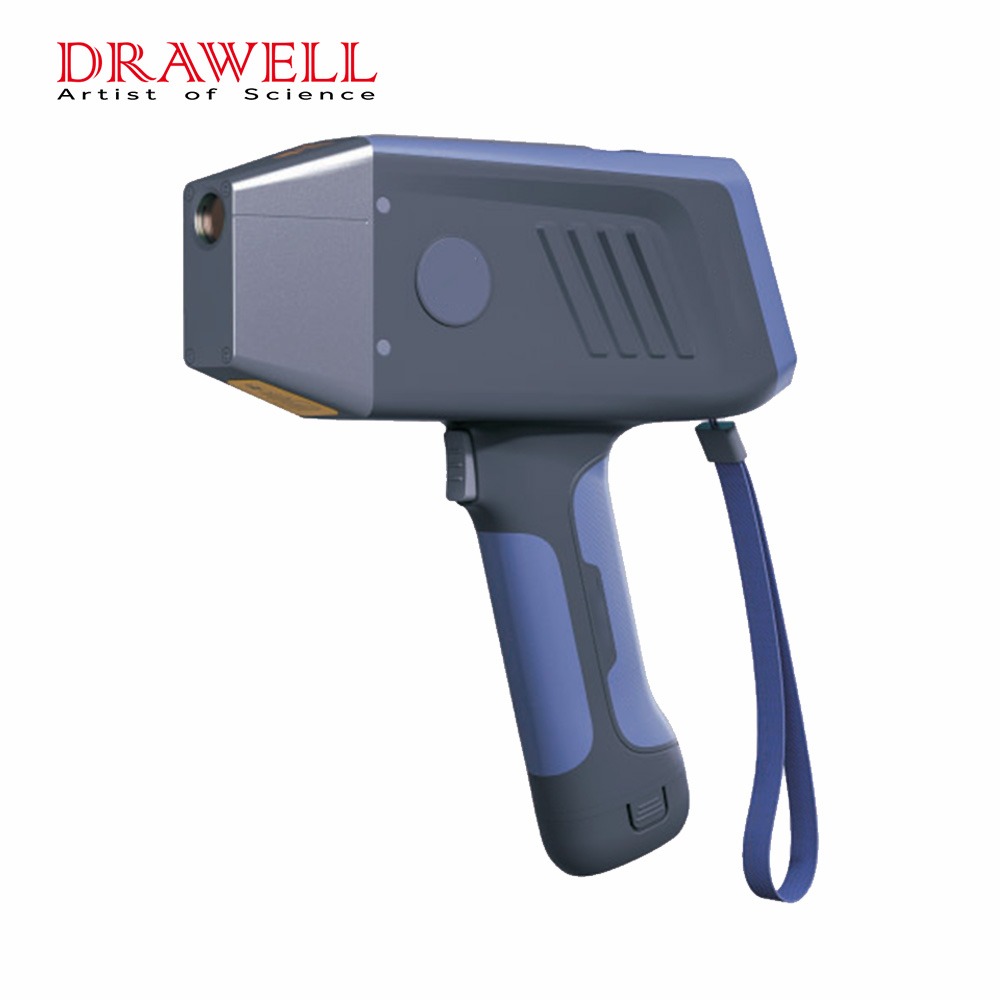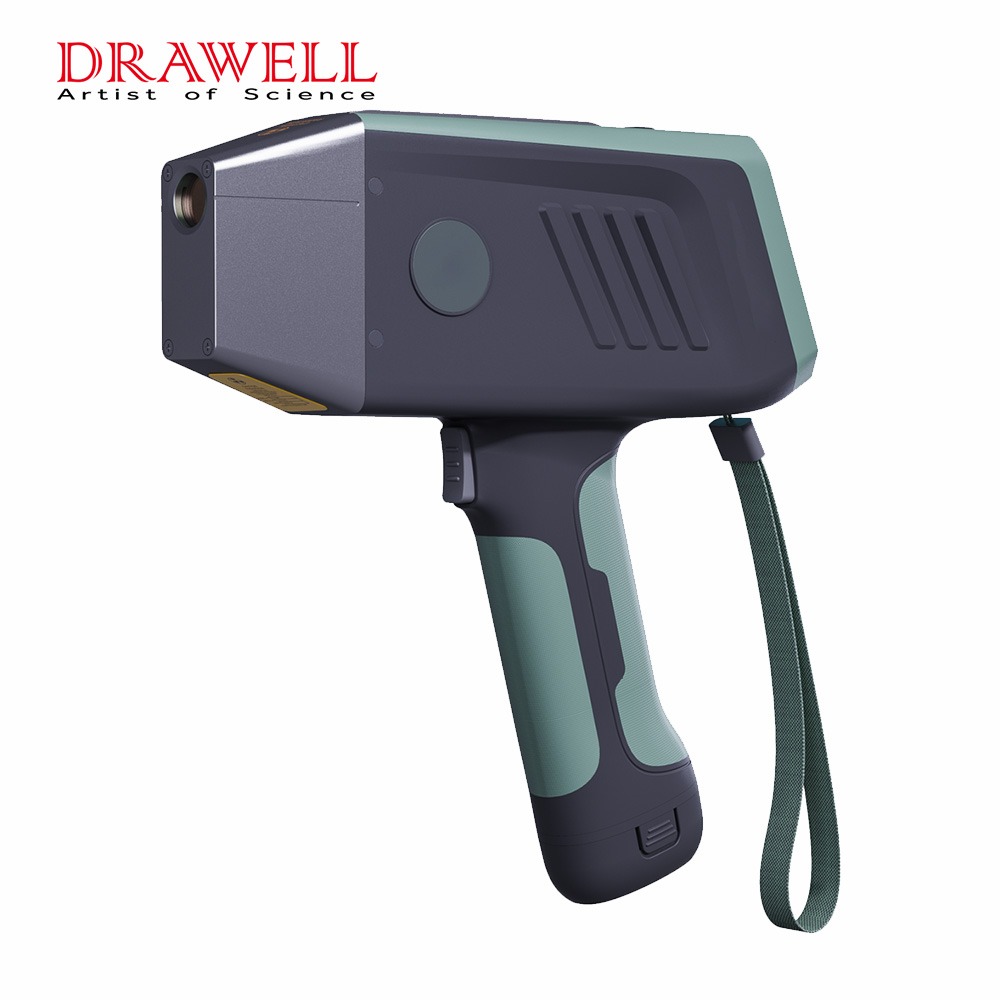X-ray fluorescence (XRF) spectroscopy is a powerful analytical technique that is used to identify and quantify the elements present in a sample. It is a non-destructive technique, meaning that the sample does not need to be modified or destroyed in order to be analyzed. XRF spectroscopy is widely used in a variety of industries, including mining, manufacturing, environmental monitoring, and art conservation. In this article, we will deep dive into the world of X-Ray fluorescence spectrometers to get to know everything about the XRF spectroscopy.
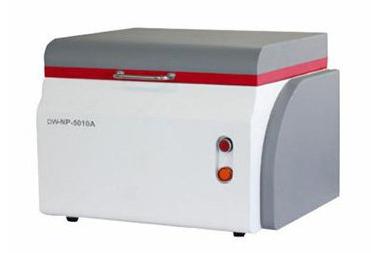
Types of X-Ray Fluorescence Spectroscopy
There are two main types of XRF spectrometers: energy-dispersive XRF (EDXRF) and wavelength-dispersive XRF (WDXRF). EDXRF spectrometers use a single detector to measure the energy of the fluorescent X-rays. WDXRF spectrometers use multiple detectors to measure the wavelength of the fluorescent X-rays.
EDXRF spectrometers are typically less expensive and easier to operate than WDXRF spectrometers. They are also more portable, making them suitable for field analysis. WDXRF spectrometers offer better resolution and sensitivity than EDXRF spectrometers. This makes them well-suited for applications that require the accurate quantification of low-concentration elements.
Applications of X-Ray Fluorescence Spectroscopy
XRF spectroscopy can be used to analyze a wide variety of materials, including:
- Elemental analysis: XRF spectroscopy can be used to identify and quantify the elements present in a sample. This information can be used to determine the composition of a material, to monitor the quality of a product, or to assess the environmental impact of a process.
- Thickness measurement: XRF spectroscopy can be used to measure the thickness of a coating on a substrate. This information can be used to ensure that a coating is of the correct thickness or to monitor the wear of a coating over time.
- Corrosion analysis: XRF spectroscopy can be used to identify the elements present in a corrosion product. This information can be used to determine the type of corrosion that is occurring and to select the appropriate corrosion protection method.
- Failure analysis: XRF spectroscopy can be used to identify the elements present in a material that has failed. This information can be used to determine the cause of the failure and to prevent future failures.
Operating Principles of X-Ray Fluorescence Spectroscopy
XRF spectrometers work by bombarding a sample with high-energy X-rays. This causes the atoms in the sample to emit fluorescent X-rays with energies that are characteristic of the elements present. The fluorescent X-rays are detected by a detector, and the resulting spectrum is used to identify and quantify the elements in the sample.
The energy of a fluorescent X-ray is determined by the difference in energy between two electron orbitals in an atom. When an atom is bombarded with an X-ray, an electron can be ejected from an inner orbital. This creates a vacancy in the inner orbital. An electron from an outer orbital can then transition to the inner orbital, filling the vacancy. This transition emits a fluorescent X-ray with an energy equal to the difference in energy between the two orbitals.
The fluorescent X-rays emitted by a sample are characteristic of the elements present in the sample. Each element has a unique set of electron orbitals, so each element emits a unique set of fluorescent X-rays. By measuring the energies of the fluorescent X-rays, it is possible to identify the elements present in the sample.
The intensity of a fluorescent X-ray is proportional to the concentration of the element in the sample. By measuring the intensities of the fluorescent X-rays, it is possible to quantify the concentration of the elements in the sample.
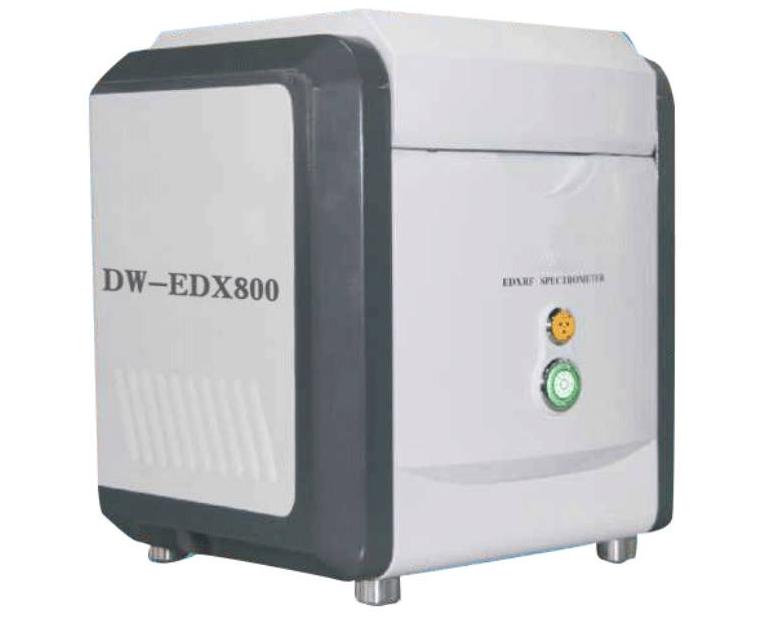
Recent Advances in X-Ray Fluorescence Spectroscopy
XRF technology is constantly evolving. Recent advances in XRF spectroscopy include:
- The development of microfocus X-ray tubes: Microfocus X-ray tubes produce a very small beam of X-rays. This allows them to analyze small areas of a sample with high spatial resolution. Microfocus XRF is now being used to analyze a variety of materials, including electronic components, medical devices, and art and artifacts.
- The development of synchrotron XRF: Synchrotron XRF uses X-rays from a synchrotron accelerator. Synchrotron XRF sources provide very high-intensity X-rays. This allows them to analyze samples that are difficult to analyze with traditional XRF spectrometers. Synchrotron XRF is now being used to study a variety of materials, including nanomaterials, biological materials, and geological samples.
- The development of silicon drift detectors: Silicon drift detectors (SDDs) are a type of energy-dispersive X-ray detector (EDX). SDDs offer better resolution and sensitivity than traditional EDX detectors. This makes them well-suited for applications that require the accurate quantification of low-concentration elements. SDDs are now being used in a variety of applications, including environmental monitoring, food safety analysis, and pharmaceutical analysis.
- The development of multivariate statistical analysis (MSA) techniques: MSA techniques can be used to analyze the data from XRF spectrometers. MSA techniques can be used to identify patterns in the data, to classify samples, and to quantify the concentration of elements. MSA techniques are now being used to improve the accuracy and precision of XRF measurements.
- The development of machine learning (ML) techniques: ML techniques can be used to analyze the data from XRF spectrometers. ML techniques can be used to train computers to identify patterns in the data. This allows computers to make predictions about the concentration of elements in samples. ML techniques are now being used to develop new XRF applications, such as the analysis of complex materials and the detection of fraud.
These advances are making XRF spectroscopy an even more powerful analytical tool. XRF spectroscopy is now being used to analyze a wider range of materials and to make more accurate and precise measurements. As XRF technology continues to evolve, it is likely to become even more widely used in a variety of applications.
Conclusion
X-ray fluorescence (XRF) spectroscopy is a powerful and versatile analytical technique that can be used to identify and quantify the elements present in a sample. It is a non-destructive technique, making it suitable for a wide range of applications. XRF spectroscopy is used in a variety of industries, including mining, manufacturing, environmental monitoring, and art conservation.
Recent advances in XRF technology have made it even more powerful and versatile. New X-ray sources, detectors, and data analysis techniques have improved the resolution, sensitivity, and accuracy of XRF analysis. As a result, XRF spectroscopy is being used in a wider range of applications than ever before.
XRF spectroscopy is a valuable tool for scientists and engineers in a variety of fields. It is a powerful technique for elemental analysis, and it is constantly being improved. As new technologies are developed, XRF spectroscopy will continue to be an important tool for understanding and characterizing the world around us.

